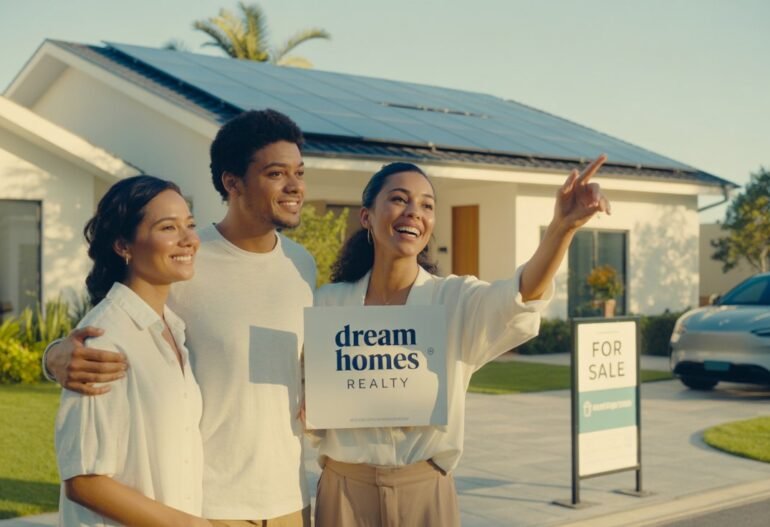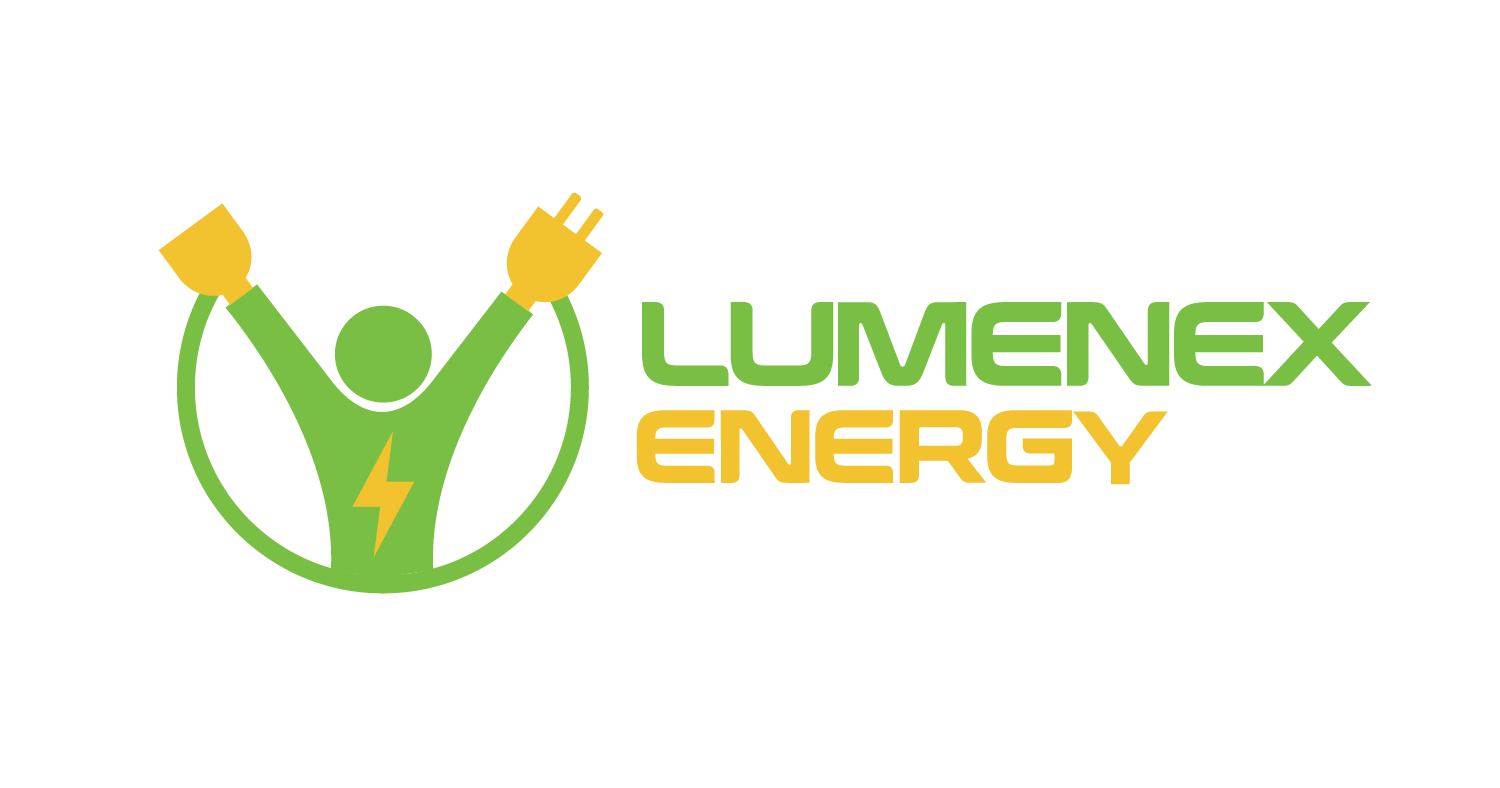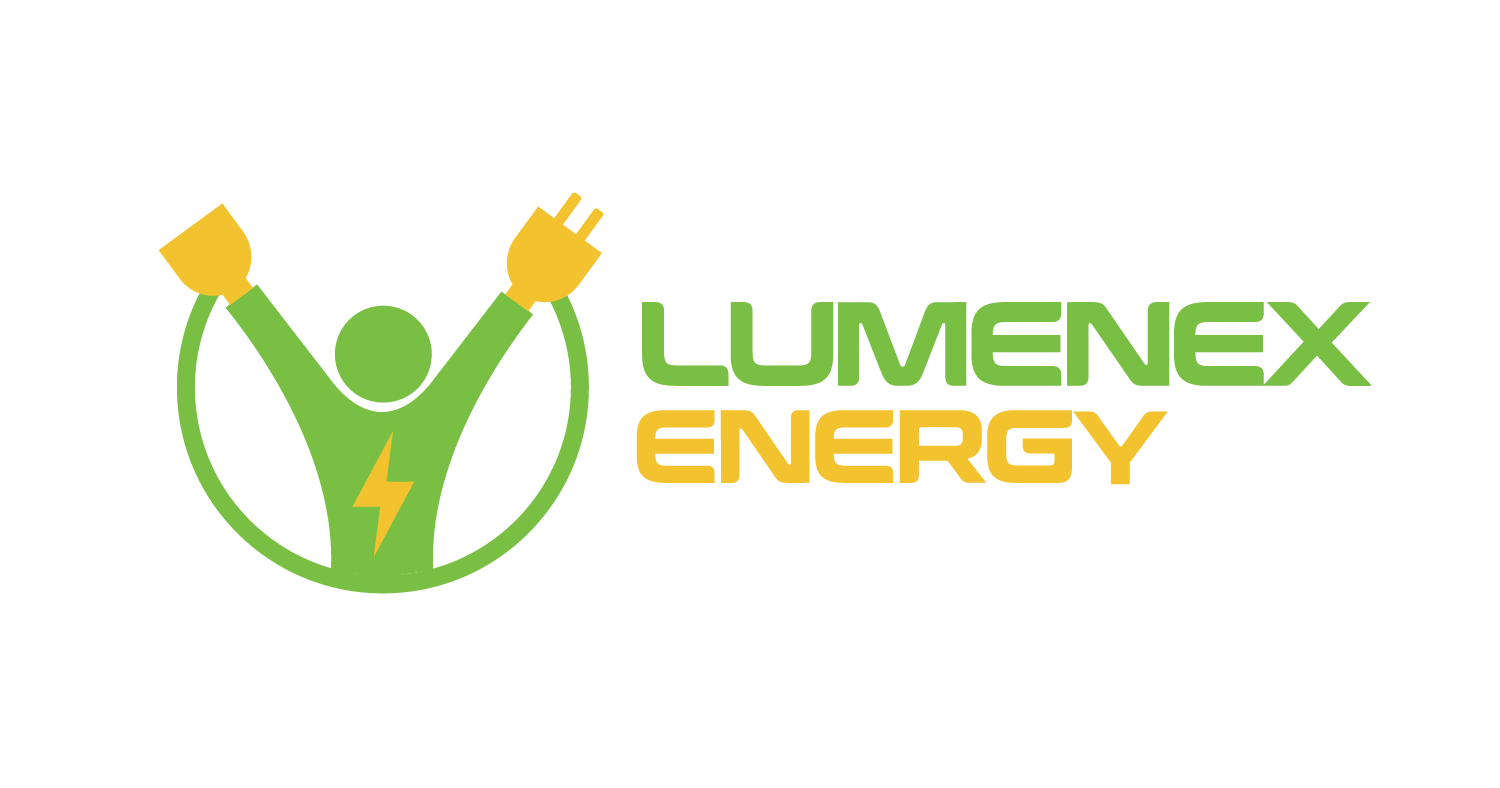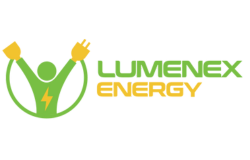A rooftop revolution in the form of solar energy systems has, in recent years, redefined the real estate market. Once a specialty feature that added value to a property, the solar panel upgrade has entered the mainstream and new statistics within the solar industry show that not only are solar outfitted homes selling faster, but they are also commanding an even higher premium, nationwide.
Solar panel-equipped homes are fetching even higher premiums of at least 4 percent and as much as 20 percent faster sales of similar homes without solar in an average, according to various studies, including the recent data of the Lawrence Berkeley National Laboratory and Zillow.
Then the question arises, what is driving this increasing demand? Why are consumers of the modern day fascinated with solar-powered homes?
Now imagine all the good reasons why we should make this change–and why installing solar panels has become one of the savviest renovations a homeowner can do.
- Lower Bills Attract Buyers
First, the most evident attraction is the energy-saving one. Solar-equipped homes decrease the amount of money paid to the utility company every month, in some cases cutting it completely. It implies that a buyer enters their new house with a ready lump sum of cash.
That is what that looks like in digits:
- The average output of a 6kW system is approximately 8,000 to 10,000 kWh a year; by itself, that could satisfy the bulk of the electricity needs of a home.
- This would result in 20 to 30 thousand dollars or more of saved utility costs over 25 years.
To the buyers, that is cash, which they do not have to put out, month in, month out–for decades. Those savings are more dramatic in high-cost electricity states such as Hawaii or California.
This embedded ROI will make solar houses highly attractive and more so to environmentally conscious or buyers with financial wits.
- Solar Adds Real Equity
Solar is not merely economy-wise; there is value addition as well.
National Renewable Energy Laboratory (NREL) shows that a home’s value rises by about $20 in value for every dollar that is saved on energy expenses due to solar.
That will break down as follows:
- A system that saves 500/yr 10,000 in additional value
- A system that saves 1,000/ year = 20,000 in incremental value
This puts solar on par with other high-impact home improvements like a kitchen remodel or adding square footage. Unlike those upgrades, solar begins to pay you back immediately.
This is an enormous advantage in a competitive housing marketplace.
3. A Greener Home for a New Generation of Buyers
Environmental protection is no more a niche phenomenon. As climate change takes center stage, the current buyers, mostly the Millennials and Gen Z, are demanding homes and properties that match their values.
Not just a building, a home that cuts carbon emissions, reduces use of fossil fuels, and supports a cleaner grid is a lifestyle decision.
Solar panels lower the carbon dioxide emissions of an average household to 3-4 tons of CO2 per year. It is like planting 100+ trees per year.
Consumers do not only desire a nice kitchen. They wish to get the assurance that their home is making some good in the world.
- Stay Powered During Outages
Energy resilience is increasingly becoming a priority as the frequency of grid outages is increasing because of weather events, aging infrastructure, and spikes in demand.
With battery solutions (such as Tesla Powerwall or Enphase IQ), solar homes can save energy and store it to use in times of blackouts. This forms an independent energy loop and enables the homeowners to have essentials running even when the grid is out.
To a great number of consumers, particularly in states such as Texas, California, and Florida, it is a lot of security.
And that is not all about convenience. It is the peace of mind.
5. Better Marketability in the Digital Age
Solar systems have become a sales attractor.
The listings referring to solar energy in the description are obtained:
- Greater online traffic
- In-person showings are more so
- Greater buyer interest
Multiple Listing Services (MLS) continued adding green features in many real estate markets that enable the tagging of a home as being solar, energy-efficient, or sustainable. This makes solar homes have an advantage of availability in search.
In addition, the modern purchasers are more educated. They already know about net metering, kilowatts, and incentives when they visit open houses. Houses that measure up to those expectations shine through quickly.

6. Policy Incentives Sweeten the Deal
Government promotion is also a growth factor.
With the Inflation Reduction Act, the owner of a house that installed a solar system will receive a 30 percent tax credit from the federal government through 2032. That would be a 6 thousand dollar incentive on a 20 thousand dollar system.
And there are other benefits in most states, which entail:
- Exonerations of property tax
- Exemptions on sales tax
- Net metering programs
- Rebates/solar renewable energy credits (SRECs) at the state level
These incentives lower the cost of solar–and it transfers to the home in the event of its sale. It implies that new purchasers can not only succeed in the panels but also the advantages as well.
7. Return on Investment: Not Just While You Live There
Suppose you put the solar in 2025 and are going to sell your house within 3 to 5 years. Is it still worth it?
Absolutely.
The energy savings combined with value and faster sale timeline ensure that solar is a positive ROI-even to short-term homeowners.
Research indicates that the majority of homeowners recoup the full amount (100%-150%) of their invested money in solar panels upon selling the house. That does not only mean break-even. That’s profitable.
The Future of Solar Home
With the improvements in solar technology, panels are turning to be:
- More efficient
- Less expensive
- More architecture is incorporated into roofs and architecture
Stylish black-panels, building-integrated photovoltaics (BIPV), and the use of solar roof tiles are surmounting previous concerns of aesthetics.
In the meantime, as the reliability of grid power declines and electricity rates escalate, solar will not come as an added value; it will be a given.
Would you like to sell or buy? That is What You need to know
In the Event You are Selling a Solar Home:
- Collect system documentation, ownership, warranty, and savings reports.
- Emphasize the system in your inventory–capacity, age, output, battery backup.
- Use a real estate agent who knows solar.
- In case you are leasing, begin the transfer paperwork ahead.
When You are Buying a Solar Home:
- Find out the age of the system, performance, and warranties.
- Make sure ownership (owned = a better value).
- Examine the last energy bills to calculate savings.
- Know how incentives or SRECs can be capitalized for you.




